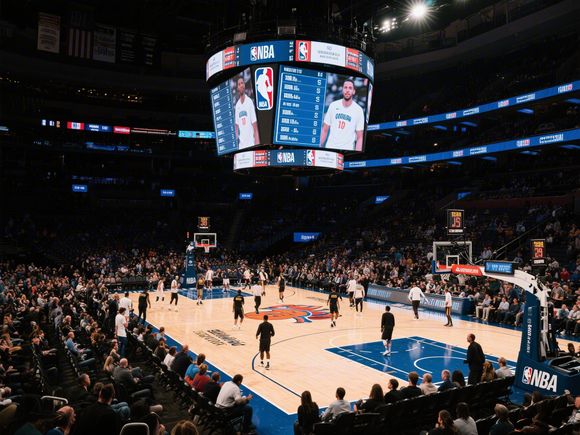Breaking Down the Knicks’ Eastern Conference Finals Collapse: Key Factors Behind the Defeat
FEEL UNSTOPPABLE IN GEAR THAT MOVES WITH YOU.
From lightweight running shorts to moisture-repellent jackets – every piece is crafted for peak performance and head-turning style.
Need sports gear? Get it on sale now – discounts you can’t resist! <--Click1. Overreliance on Star Power
The Knicks' offense relied heavily on Jalen Brunson and Karl-Anthony Towns, who accounted for 43.8% of the team's scoring in the series. While Brunson (26.3 PPG) and Towns (22.5 PPG, 11.8 RPG) delivered star performances, their isolation-heavy style stifled team chemistry. Role players like OG Anunoby (18.7 PPG) and Josh Hart (10.2 PPG) were underutilized, as defenders collapsed on the duo. In Game 6, the Pacers doubled Brunson in pick-and-rolls, forcing 17 turnovers that led to 34 Indiana points. The Knicks' stagnant off-ball movement and 33.7% three-point accuracy allowed Indiana to dominate interior defense and limit second-chance opportunities.
2. Defensive Vulnerabilities
Tyrese Haliburton's 24.2 PPG, 13.8 APG, and 8.7 RPG exposed gaps in New York's defense. His ability to penetrate and distribute (Indiana shot 51.5% from three in Game 6) overwhelmed the Knicks' switch-heavy schemes. Towns' speed mismatches and Pascal Siakam's post dominance further exploited weak interior defense. The Knicks' lack of rim protection (Mitchell Robinson: 1.2 blocks) and transition defense allowed Indiana to score 25 fast-break points in the decisive Game 6.
3. Coaching and Tactical Stagnation
Tom Thibodeau's rigid seven-man rotation led to exhaustion for starters like Brunson (41.3 MPG) and Hart (40.5 MPG). In Game 6's third quarter, Indiana outscored New York 34-23 after a 9-0 run as fatigue set in. The coach failed to counter Indiana's pace, allowing Haliburton to dictate tempo. Analysts noted the Knicks should have slowed the game but instead let the Pacers thrive in transition.
4. Mental Slips and Momentum Shifts
Choking moments defined the series: a 17-point collapse in Game 1 and a 71.8% free-throw rate across games cost New York critical points. Indiana's depth (10-man rotation) contrasted sharply with the Knicks' reliance on key players. Game 6's third-quarter 9-0 Pacers run exemplified how mental lapses and inconsistent effort derailed momentum.
Looking Ahead
Despite the loss, foundational pieces Brunson and Towns remain central to rebuilding. The Knicks must develop secondary scoring options, improve transition defense, and encourage off-ball movement. Thibodeau's adaptability in future playoffs will be crucial. With a young core and playoff-tested roster, the franchise has a foundation to regroup and contend again.
Key Takeaways
- Overdependence on stars limited team chemistry
- Haliburton's playmaking exposed defensive flaws
- Rigid rotations led to late-game fatigue
- Momentum management remains critical for future success

















